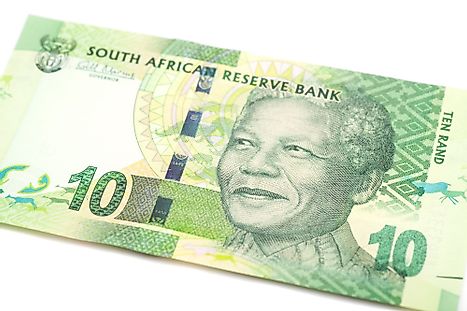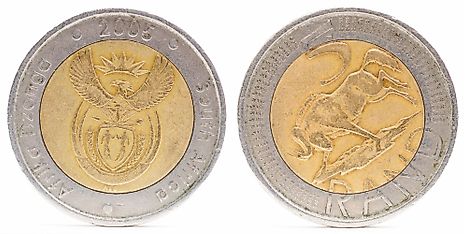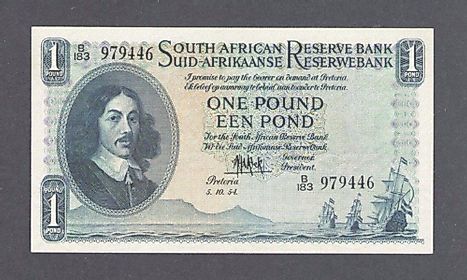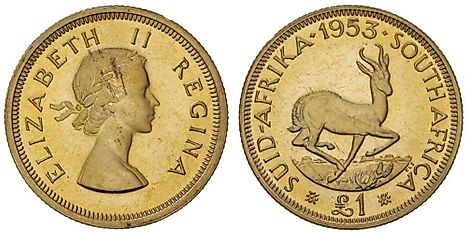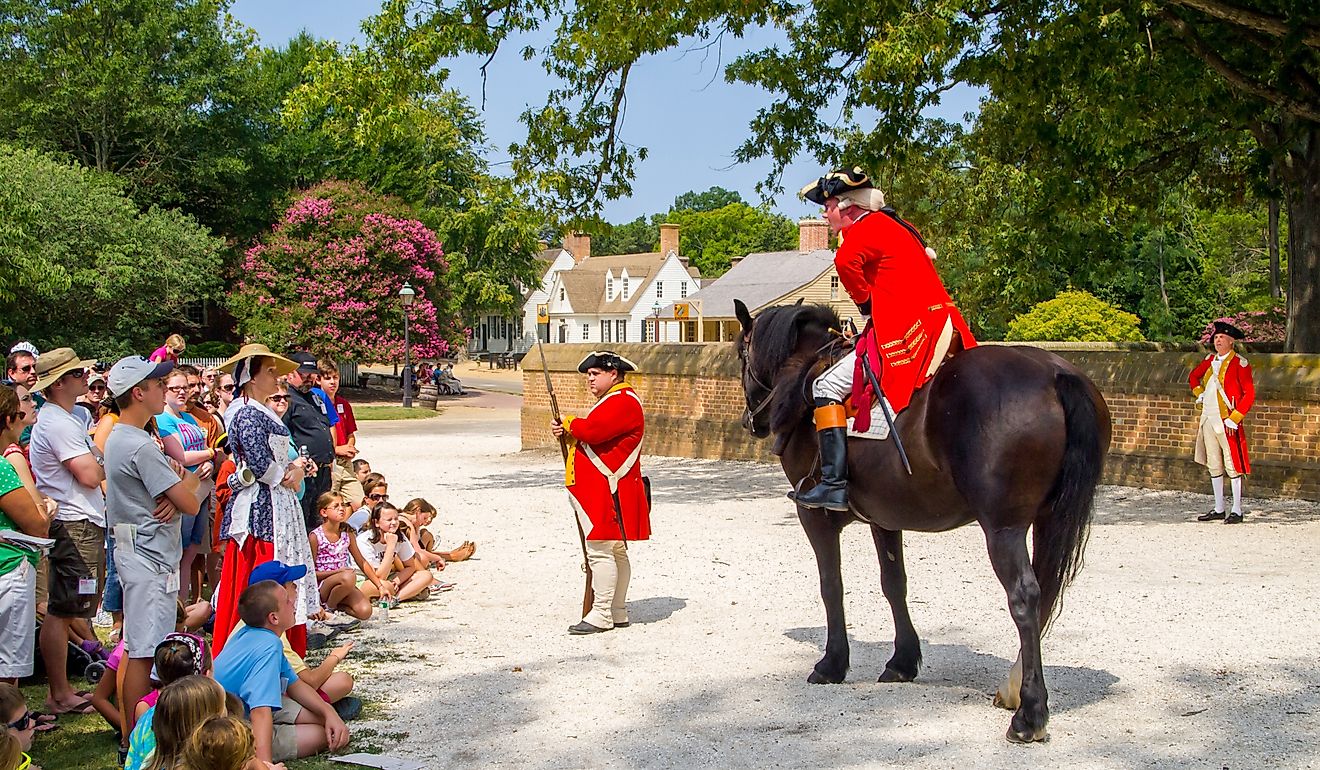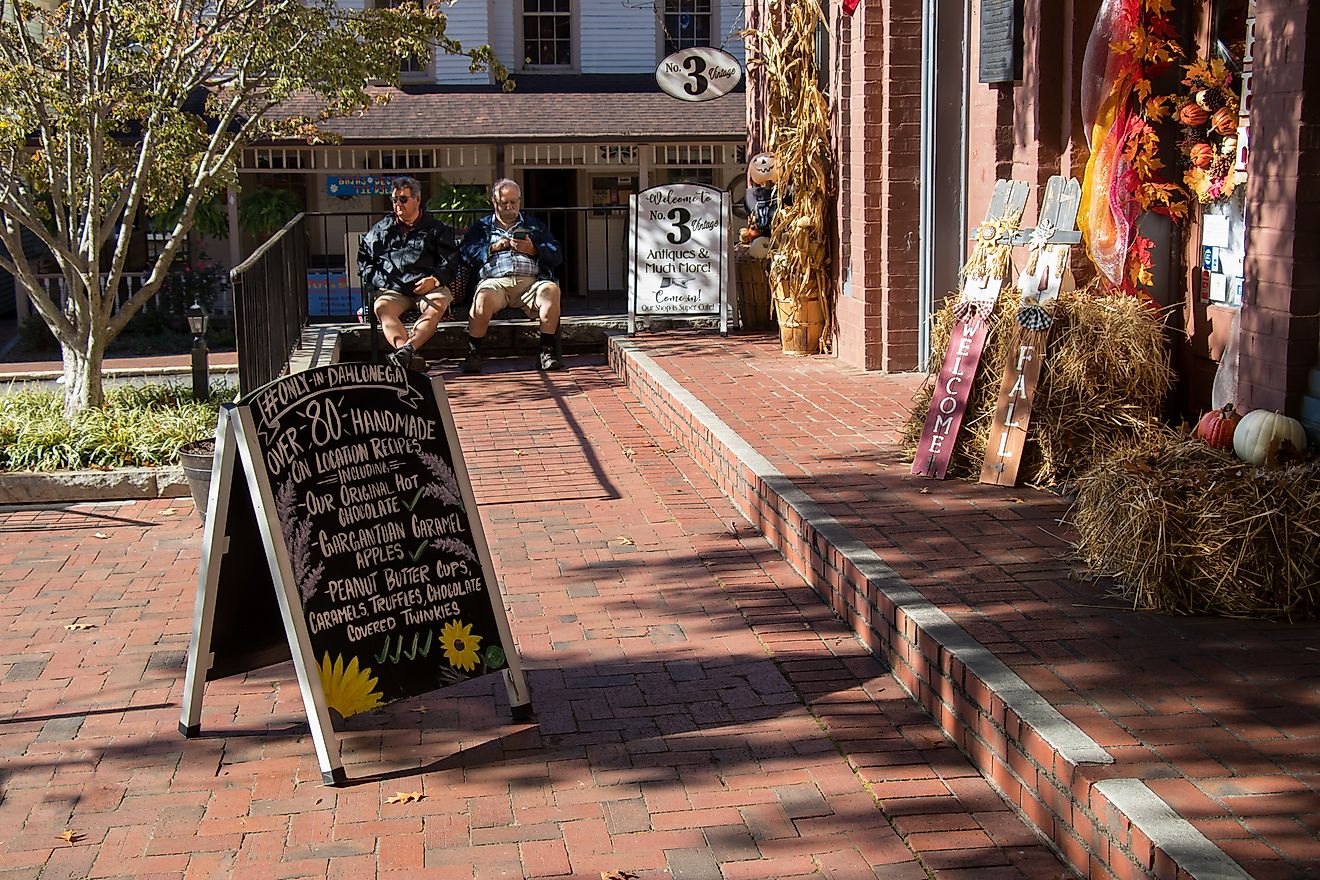Flags, Symbols & Currency of South Africa
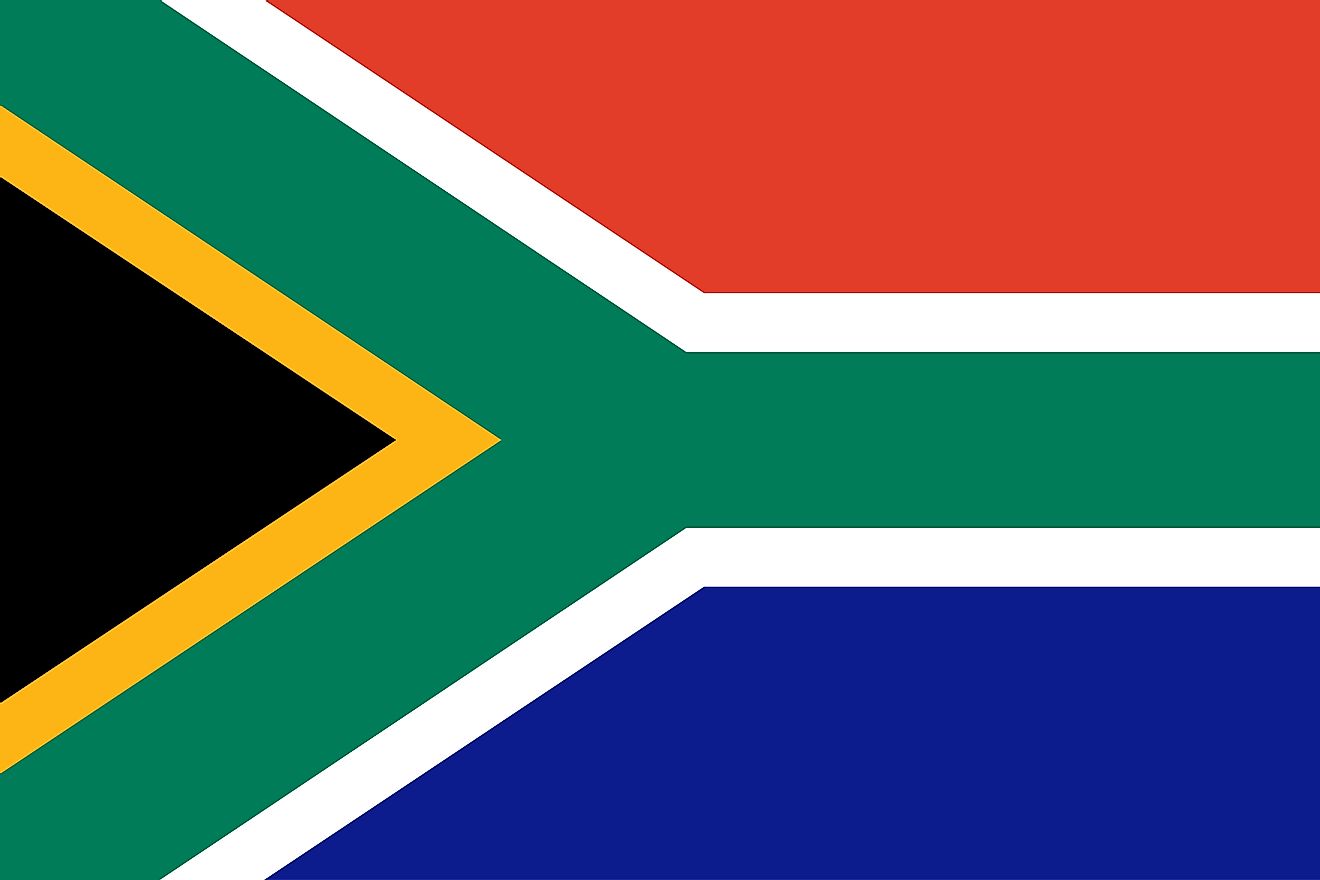
The National Flag of South Africa was officially adopted on April 27, 1994. The flag was designed by Mr. Fred Brownell – a former South African State Herald.
The National Flag of South Africa features two equal width horizontal bands of red (top) and blue (bottom) separated by a central green band that splits into a horizontal Y - the arms of which end at the corners of the flag’s hoist side. The Y contains a black isosceles triangle from which the arms are separated by narrow yellow bands. The red and blue bands are separated from the green band and its arms by narrow white stripes. At the time it was adopted, the South African flag was the world’s only flag to include six colors. The red, white, and blue colors were taken from the colors of the Boer Republics. The yellow, black, and green are taken from the African National Congress (ANC) flag. The Y form represents the convergence of several diverse elements present within the South African society and therefore symbolizes national unity. The flag has a width to length proportion ratio of 2:3.
History of the Flag of South Africa
From 1839-1843, the first flag to represent the area was the flag of the Natalia Republic. In 1852, the flag of the South African Republic was flown. From 1954-1902, the flag of the Independent Boer Orange Free State was flown. From 1876-1910, the traditional British Blue Ensign was used. From 1910-1928, The South Africa Red Ensign was used as the de facto national flag of South Africa. In 1928, the horizontal tricolor flag of the Republic of South Africa featuring orange-white-blue colors with three flags (Union Jack, Orange Free State, and the South African Republic) was placed in the center. The African National Congress earned considerable respect after their victory, and the idea of adopting a new flag gained momentum after Nelson Mandela's release from prison in 1990. In 1994, the current flag of South Africa was officially adopted replacing the 1928 flag. This new flag was introduced to mark the nation's newly acquired democracy after the end of apartheid and was intended to represent the entire population regardless of tribe, race, or religion. The current flag was designed by Frederick Brownell and has since been embraced by the entire population as a symbol of national unity.
Symbols of South Africa
The National Coat of Arms of South Africa

The current official coat of arms of South Africa was officially adopted on April 27, 2000, and was designed by Iaan Bekker. The Coat of Arms is composed of different elements arranged in a combination of higher and lower symmetric oval shapes like a symbol of infinity. On the outer part are elephant tusks – symbolizing strength, wisdom, moderation, and eternity. A semi-circular green scroll below displays the National motto, written in the Khoisan language: “! KE E: /XARRA // KE” (“Diverse People Unite”). The elephant tusks encircle the ears of wheat – symbolizing the fertility, growth, and agricultural aspects. These in turn surround a golden shied on which is depicted a Khoisan rock art. The two human figures drawn on the shield-like an attitude of greeting symbolizes unity. Above the shield are the spear and the knobkierie - which are symbols of defense and authority. They also represent the powerful legs of the secretary bird symbolizing the protection of the nation from outside enemies. Place above them is the protea – an emblem of national beauty. A secretary bird – representing the divine majesty, rises above with its uplifted wings – symbolizing ascendance and rebirth of the spirit of the nation. The rising sun - an emblem of splendor and brightness, thus represents the source of light, life, and the wholeness of humanity.
National Motto
“! KE E: /XARRA // KE” (“Diverse People Unite”)
National Anthem
- Anthem Title: "National Anthem of South Africa"
- Music Composer: Enoch Sontonga and Marthinus Lourens de Villiers
- Lyricist: Enoch Sontonga and Cornelius Jacob Langenhoven
- Date of Adoption: October 10, 1997
The music of the "National Anthem of South Africa" was composed both by Enoch Sontonga and Marthinus Lourens de Villiers. The lyrics of the anthem have been written both by Enoch Sontonga and Cornelius Jacob Langenhoven. The anthem was officially adopted as the national anthem on October 10, 1997.
Nkosi Sikelel' iAfrika
Maluphakanyisw' uphondo lwayo, [In Xhosa]
Yizwa imithandazo yethu,
Nkosi sikelela, thina lusapho Iwayo. [In Zulu]
Morena boloka setshaba sa heso,
O fedise dintwa le matshwenyeho,
O se boloke, O se boloke setshaba sa heso,
Setshaba sa, South Afrika, South Afrika. [In Sesotho]
Uit die blou van onse hemel,
Uit die diepte van ons see,
Oor ons ewige gebergtes,
Waar die kranse antwoord gee, [In Afrikaans]
Sounds the call to come together,
And united we shall stand,
Let us live and strive for freedom,
In South Africa our land.
Lord bless Africa
May her glory be lifted high,
Hear our prayers
Lord bless us, your children.
Lord we ask You to protect our nation,
Intervene and end all conflicts,
Protect us, protect our nation,
Protect South Africa, South Africa.
From the blue of our skies,
From the depths of our seas,
Over our everlasting mountains,
Where the echoing crags resound,
Sounds the call to come together,
And united we shall stand,
Let us live and strive for freedom,
In South Africa our land.
The Currency of South Africa is the The South African rand
The current official currency of South Africa is The South African rand (R, ZAR). The rand is subdivided into 100 cents. The rand was introduced in South Africa in 1961. The currency is issued and circulated by the South African Reserve Bank.
The currency is named after the Witwatersrand (“White-waters-ridge”) – the site where a major portion of the gold deposits of South Africa was found, and the place where the city of Johannesburg has been built.
Coins
Currently, coins in denominations of 1, 2, 5, 10, 20 and 50 cents and 1, 2, 5 rands are in circulation.
Banknotes
Currently, banknotes in denominations of 10, 20, 50, 100, 200, and 1,000 ZAR are in circulation. Special commemorative banknotes series was issued on July 18, 2018, to commemorate the 100th birth anniversary of Nelson Mandela.
Historical currencies of South Africa
In 1956, the Decimal Coinage Commission was established which gave its recommendation to replace the South African pound and to eliminate the denominations of shillings, pounds, and pence, in favor of a new currency. On February 14, 1961, the South African rand was first used during which period the Union of South Africa was formed. The rand replaced the South African pound, whereby 1 pound was equivalent to 2 rands, and 10 shillings were exchanged for a single rand. To create awareness about the new money form and currency, the government introduced a mascot called Decimal Dan, coupled with intensive radio and media campaigns to inform the masses. The rand experienced a stable exchange rate from its inception until the beginning of the 1980s. The political pressures of the 1980s alongside sanctions placed against South Africa because of the apartheid led to a high depreciation of the rand. The high inflation rates also contributed majorly to the downslide of the currency. In the early 1990s, the political uncertainties further weakened the currency and fastened the depreciation level of the rand. During the 1994 general election, the rand experienced one of its weakest points coupled with a series of national reforms which included the election of a new governor to the Reserve Bank. In 2001, the currency slid to its weakest level in history following a series of local events and international events.

